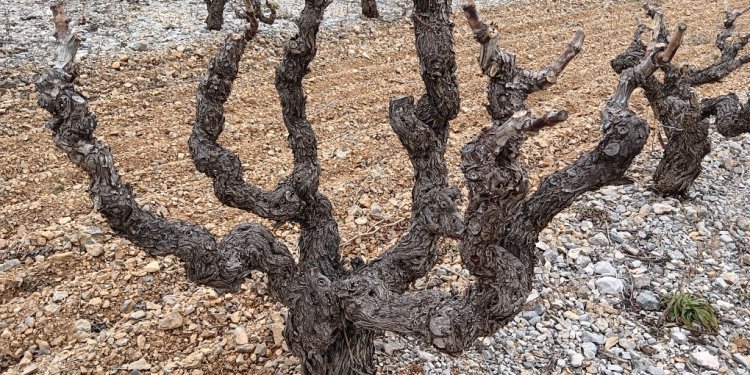Vine pruning influences the health, production and quality of the grapes. There are three main pruning methods: Guyot, cordon and gobelet. Each technique meets specific needs according to grape variety, climate and desired wine style.
If you're interested in wine-related articles, download our app for IOS or Android. It will give you access to our wine lexicon, our articles and our innovative solution, designed for all wine consumers and collectors.
Understanding the role of vine pruning
Vine pruning involves cutting off part of the shoots to regulate production. It concentrates energy on a limited number of buds. Proper pruning improves aeration and limits disease. The choice between Guyot, cordon and gobelet depends on the winemaker's objectives.
Guyot pruning: precision and production control
Guyot pruning is common in temperate vineyards such as Burgundy and the Loire. It is available in a single or double version. The single version has a long fruiting wood and a return spur. The double version has two opposing long shoots. This pruning method regulates vigor and adapts yields. Guyot is well suited to grape varieties such as Pinot noir and Sauvignon blanc.
Advantages and limitations of Guyot pruning
Guyot gives good control over bud load. It promotes even ripening of the grapes. However, it requires skilled labor and careful monitoring. Guyot pruning can also weaken vines if cut too severely.
Cord cutting: structure and durability
Cordon pruning is based on a permanent horizontal trunk. Fruit-bearing shoots grow on this fixed arm every year. This method facilitates mechanization and reduces pruning time. It is well suited to vigorous grape varieties such as Syrah or Cabernet Sauvignon. Cordon pruning is often used in warmer regions.
The advantages and limitations of cord size
The cordon ensures even distribution of bunches along the length of the arm. It simplifies maintenance and mechanical harvesting. On the other hand, it takes several years to form the definitive trunk. Cordon pruning can limit flexibility in adapting to changing climatic conditions.
Gobelet pruning: tradition and adaptation to hot climates

Gobelet pruning forms a short stock with several upright arms. No trellising is required, which reduces installation costs. Adapted to dry, sunny climates, it protects the grapes from direct sunlight. Gobelet pruning is common in the south of France and around the Mediterranean.
The advantages and limitations of cup sizing
The goblet naturally protects the bunches from excessive heat. It is ideal for Mediterranean grape varieties such as Grenache and Carignan. On the other hand, this method makes mechanization difficult. Gobelet pruning requires manual harvesting, which increases costs.
How to choose between Guyot, cordon and gobelet
The choice of vine pruning depends on grape variety, climate and wine style. Guyot offers precision and control for delicate grape varieties. Cordon pruning brings durability and mechanization to vigorous vineyards. The goblet protects from the sun and is well suited to dry areas.
The importance of maintenance and regularity
Whatever method you choose, vine pruning requires regularity and observation. Poorly placed cuts can weaken the stock. Annual monitoring guarantees the longevity of the vine. Winegrowers also adjust pruning according to the year's conditions.
Changes in vine pruning practices
Pruning techniques evolve with research and innovation. Some are adapting the Guyot to limit wood diseases. Others modify the cordon to improve sap circulation. The goblet is enjoying renewed interest in the context of climate change. These developments show that pruning remains an art in constant adaptation.
If you enjoyed this article, don't hesitate to read the following one "Which wine goes with a poké bowl?"which might also interest you!





